AMS Global Data Center
AMS Computing Clusters

International Public Scientific Database
The AMS Global Data Center stores all cosmic ray data collected by the AMS experiment. These data are open to the scientists worldwide, offering valuable research resources for at least a decade.

AMS Experiment
The Alpha Magnetic Spectrometer (AMS) is an international mega scientific project led by Prof. Samuel C.C. Ting. It is the first particle physics research conducted in space and the largest scientific experiment installed on the International Space Station (ISS). AMS is an international collaboration of nearly 600 scientists from over 60 institutes across 16 countries and regions. After 16 years of meticulous construction and rigorous testing, AMS was launched on the Space Shuttle Endeavour on May 16, 2011, and was successfully installed on the ISS on May 19, 2011. As of December, 2024, it has been operating for over 4960 days, collecting 244 billion cosmic ray events. AMS is expected to continue its mission until 2030, aiming to collect about 400 to 500 billion cosmic ray events, making it the most comprehensive cosmic ray database in the world.
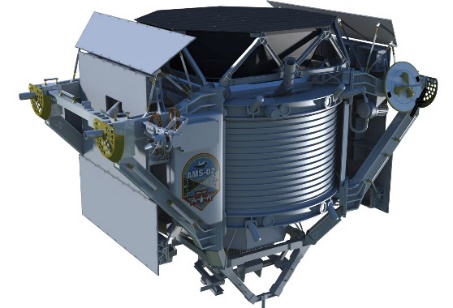
AMS Computing Infrastructure
The AMS computing infrastructure is unique, dynamic and complex. It is equipped with 31680 physical CPU cores, 1479168 GPU CUDA cores, 13.2 PB distributed storage, 26 PB tape library storage, and 1 Gbps dedicated internet line, with an overall computing power reaching 120 Pflops. The center stores all the raw flight data and cosmic ray events from AMS, playing a critical role in the experiment in data storage, analysis, and computation. The establishment of the data center was completed in July, 2020. Since its operation, it has contributed 2.2 trillion times of Monte Carlo simulations to the AMS experiment. Following its expansion in 2023, the average utilization rate of computing resources has exceeded 90%, storage capacity usage exceeded 60%, network bandwidth utilization exceeded 90%, and international users accounted for approximately 70% of its usage.
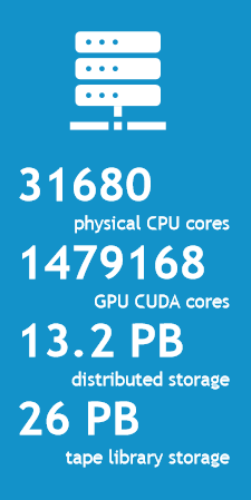
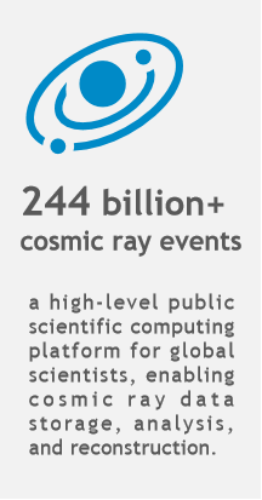
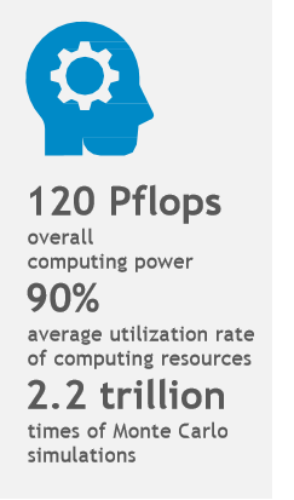
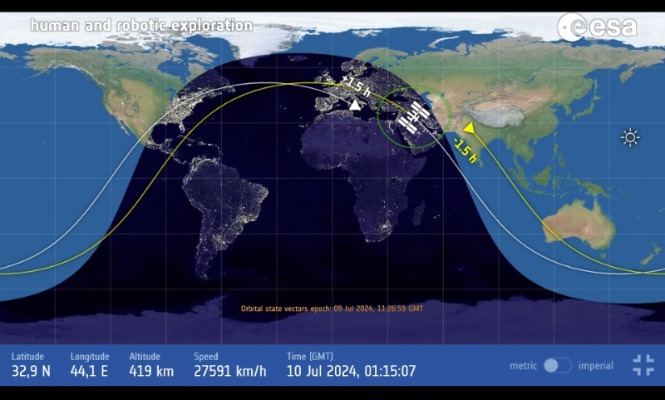
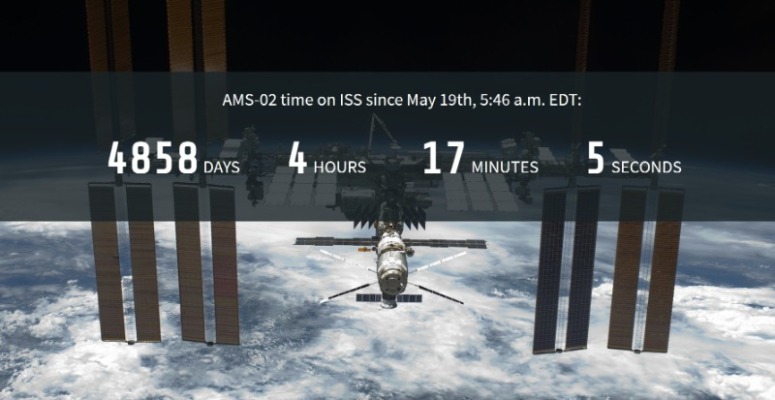
AMS on the ISS
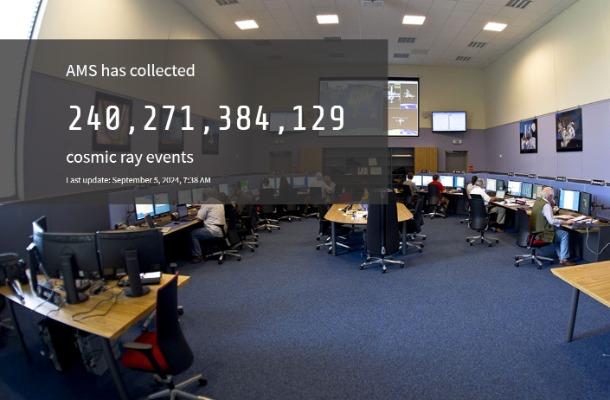
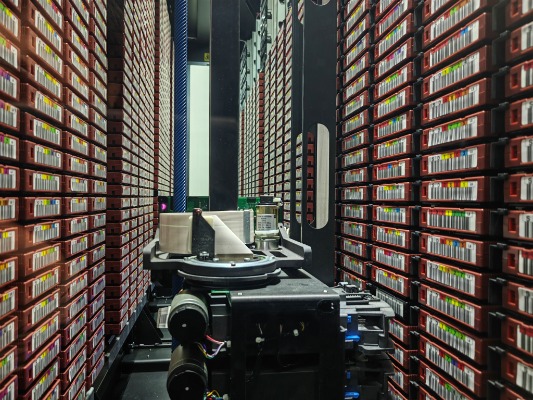
Transmission and Storage of Cosmic Ray Data
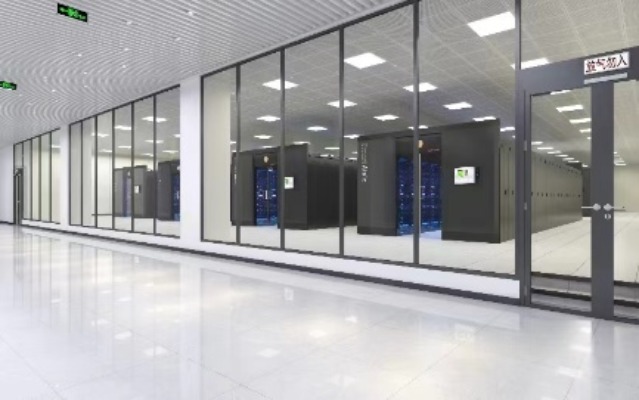
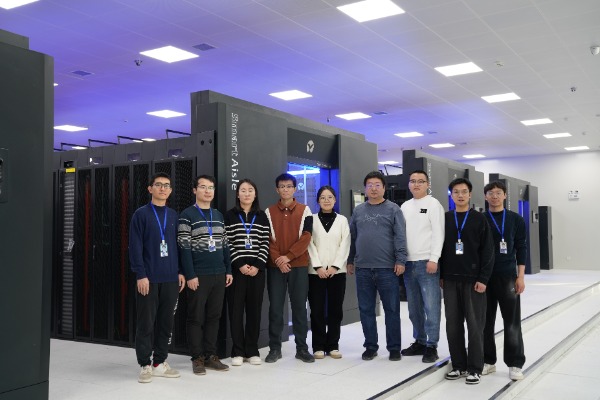
AMS Global Data Center
AMS Collaboration
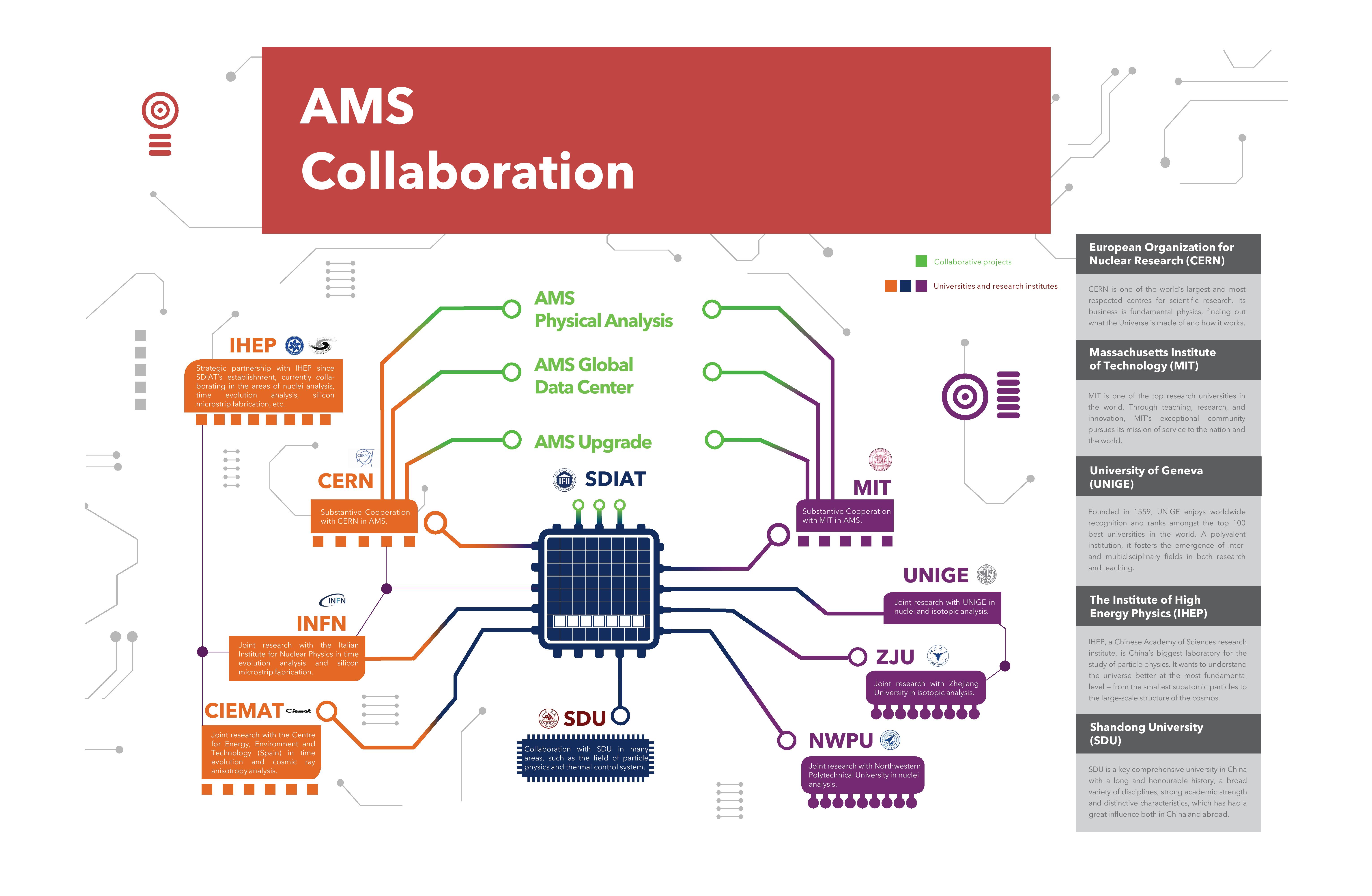

International Public Scientific Database
The AMS Global Data Center stores all cosmic ray data collected by the AMS experiment. These data are open to the scientists worldwide, offering valuable research resources for at least a decade.

AMS Experiment
The Alpha Magnetic Spectrometer (AMS) is an international mega scientific project led by Prof. Samuel C.C. Ting. It is the first particle physics research conducted in space and the largest scientific experiment installed on the International Space Station (ISS). AMS is an international collaboration of nearly 600 scientists from over 60 institutes across 16 countries and regions. After 16 years of meticulous construction and rigorous testing, AMS was launched on the Space Shuttle Endeavour on May 16, 2011, and was successfully installed on the ISS on May 19, 2011. As of December, 2024, it has been operating for over 4960 days, collecting 244 billion cosmic ray events. AMS is expected to continue its mission until 2030, aiming to collect about 400 to 500 billion cosmic ray events, making it the most comprehensive cosmic ray database in the world.

AMS Computing Infrastructure
The AMS computing infrastructure is unique, dynamic and complex. It is equipped with 31680 physical CPU cores, 1479168 GPU CUDA cores, 13.2 PB distributed storage, 26 PB tape library storage, and 1 Gbps dedicated internet line, with an overall computing power reaching 120 Pflops. The center stores all the raw flight data and cosmic ray events from AMS, playing a critical role in the experiment in data storage, analysis, and computation. The establishment of the data center was completed in July, 2020. Since its operation, it has contributed 2.2 trillion times of Monte Carlo simulations to the AMS experiment. Following its expansion in 2023, the average utilization rate of computing resources has exceeded 90%, storage capacity usage exceeded 60%, network bandwidth utilization exceeded 90%, and international users accounted for approximately 70% of its usage.





AMS on the ISS


Transmission and Storage of Cosmic Ray Data


AMS Global Data Center
AMS Collaboration

| European Organization for Nuclear Research (CERN) | CERN is one of the world’s largest and most respected centres for scientific research. Its business is fundamental physics, finding out what the Universe is made of and how it works. |
| Massachusetts Institute of Technology (MIT) | MIT is one of the top research universities in the world. Through teaching, research, and innovation, MIT’s exceptional community pursues its mission of service to the nation and the world. |
| University of Geneva (UNIGE) | Founded in 1559, UNIGE enjoys worldwide recognition and ranks amongst the top 100 best universities in the world. A polyvalent institution, it fosters the emergence of inter- and multidisciplinary fields in both research and teaching. |
| The Institute of High Energy Physics (IHEP) | IHEP, a Chinese Academy of Sciences research institute, is China’s biggest laboratory for the study of particle physics. It wants to understand the universe better at the most fundamental level — from the smallest subatomic particles to the large-scale structure of the cosmos. |
| Shandong University (SDU) | SDU is a key comprehensive university in China with a long and honourable history, a broad variety of disciplines, strong academic strength and distinctive characteristics, which has had a great influence both in China and abroad. |
Team
Team





